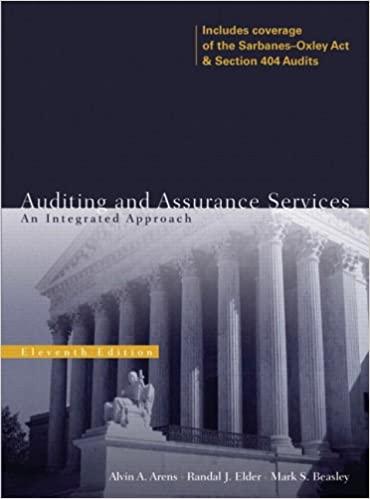Question
1. If the internal rate of return is greater than the required rate of return a. the project should be accepted. b. a higher discount
1. If the internal rate of return is greater than the required rate of return
| a. | the project should be accepted. | |
| b. | a higher discount rate should be used. | |
| c. | the payback period will be less than one year. | |
| d. | the project should be rejected. |
2. Which of the following statements about the payback period method is not true?
| a. | All other things being equal, a company would prefer a project with a short payback period. | |
| b. | The payback period method ignores the time value of money. | |
| c. | The payback period method is more sophisticated and yields better decisions than the internal rate of return method. | |
| d. | The payback period method does not take into account the total stream of cash flows. |
3. The cost of capital is the weighted average of
| a. | fixed and variable costs. | |
| b. | incremental cash inflows and outflows. | |
| c. | debt and equity financing. | |
| d. | net present value and internal rate of return. |
Step by Step Solution
There are 3 Steps involved in it
Step: 1

Get Instant Access to Expert-Tailored Solutions
See step-by-step solutions with expert insights and AI powered tools for academic success
Step: 2

Step: 3

Ace Your Homework with AI
Get the answers you need in no time with our AI-driven, step-by-step assistance
Get Started


